How to Protect your Kids from Different Allergies
Put simply, kids and allergies don’t mix. Unfortunately, there are instances when our kids come into contact with all different types of allergens – and then bang! Allergic reactions can occur. These reactions can be as little as a skin rash or as severe as a hospital admission. Death is also a possibility if the proper treatment isn’t administered. So, as you can see, parents and those caring for kids will want to avoid allergic reactions at all costs. Everyone knows that prevention is better than cure, so this article will explore a few important ways how to prevent allergic reactions in your children, so they remain alive and well.
Introduce Allergen Foods Early
Many kids develop allergies at an early age mainly as a result of being underexposed to many allergens in their diets. Common allergies that can develop in small children usually include:
- milk
- eggs
- peanuts
- soy
- wheat
- tree nuts (such as walnuts and cashews)
- fish
- shellfish (such as prawns)
In contrast to popular belief, many kids actually need exposure to these types of foods early on in their life (around the ages of 4 to 6 months old). If they are exposed to these common food allergens at this age, there is a higher chance that they won’t develop allergies to these foods later on in childhood. However, care must be taken when introducing these foods to your young ones. For example, only introduce a small amount of a single new food at one time and then wait several days between offering new foods. This is so you can safely and accurately monitor your child’s reaction.
In conjunction with introducing common allergen foods to abate the onset of food allergies, you can also purchase food allergy name labels in Australia that help others to identify and understand your kids’ allergies. Many online stores have these to buy at very affordable prices.
Allow your kids to play in the dirt
Of course, don’t take this advice too loosely. This isn’t your license to go tell the kids to roll around in mud puddles on a cold winter’s night! Neither should you put your kids in immediate danger once they actually are allergic to certain things. However, there is a plus. If your kids want to boost their immune systems, you can try this. By occasionally letting them play in areas that have not been disinfected in the home and areas that often carry germs (like public parks and playgrounds), will expose them to all sorts.
Whilst this may seem wrong at first, if your kids are quite young and haven’t already been exposed to most common colds, flu and other common kids’ illnesses, it’s the perfect time to ‘see what happens’. Allergies may even show up (ie, grass allergies) when your children are playing in the park. This way you can be sure to pinpoint triggers to certain allergies and protect your kids better for the future.
Include yourself in the school’s allergy policies
Use kids’ name labels to warn others of their allergies
Do your research on nutritional labels
When you are the parent of a child with allergies (such as food allergies) you will want to take extra care when going food shopping. Required by law in Australia, all foods purchasable by the public need to have nutritional information labelling. Especially if they contain any of the major food allergies (such as peanut, soy, wheat and shellfish). In Australia, a good rule of thumb is to get into the habit of reading the first three ingredients. These first three written ingredients will make up the largest part of what you’re eating.
Also scan nutritional information for terms like "manufactured in a facility that also handles...", or "made on shared equipment with...". This will also be important to know as traces of allergens might still be present in these products.
Share this post, Hit on social buttons!
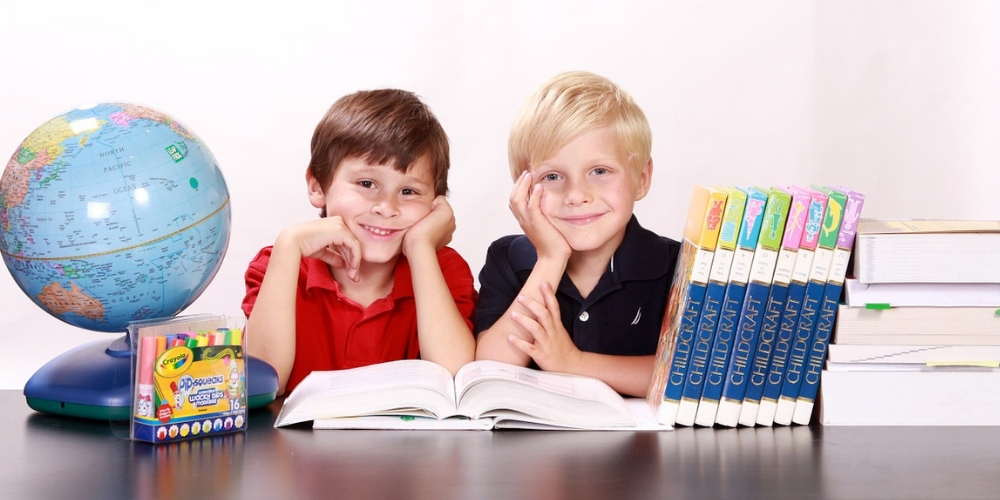

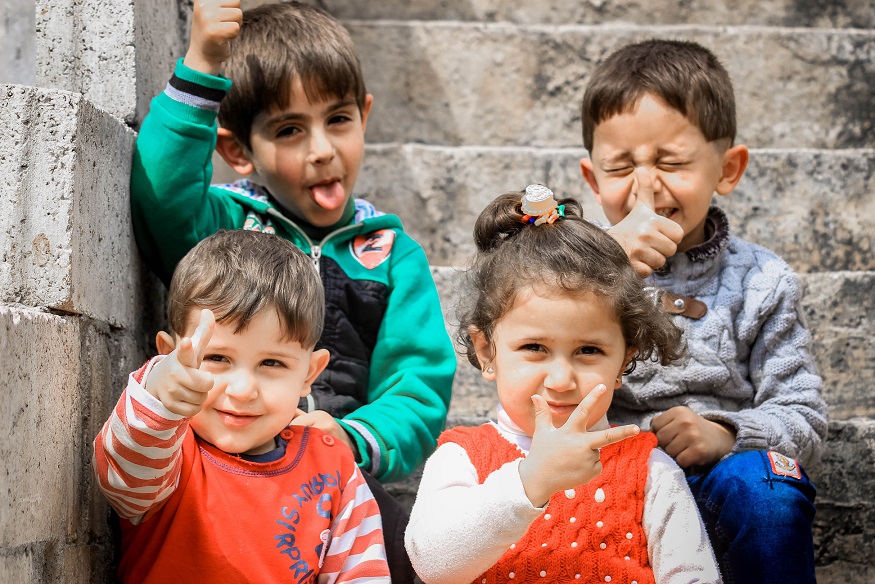






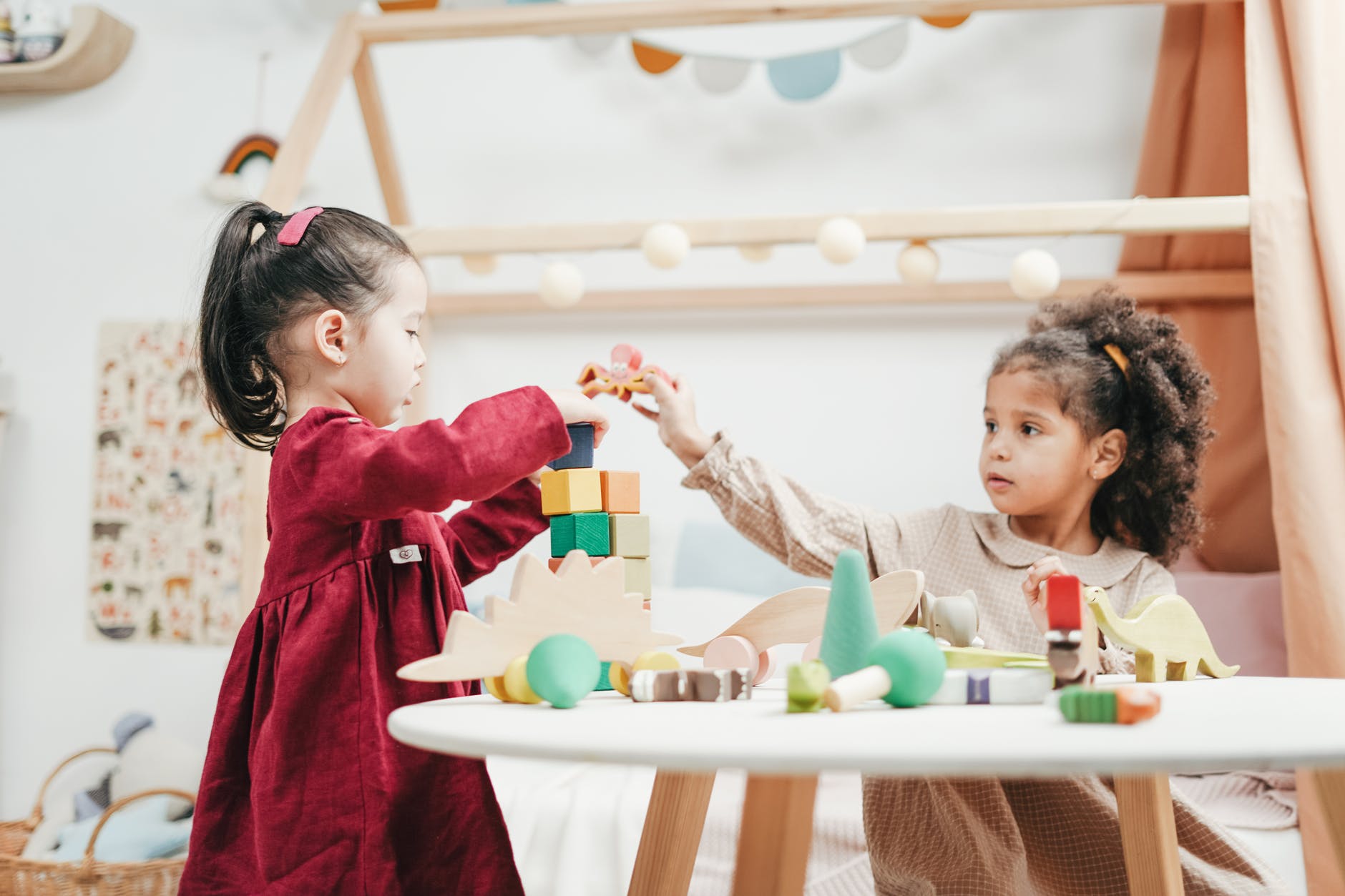


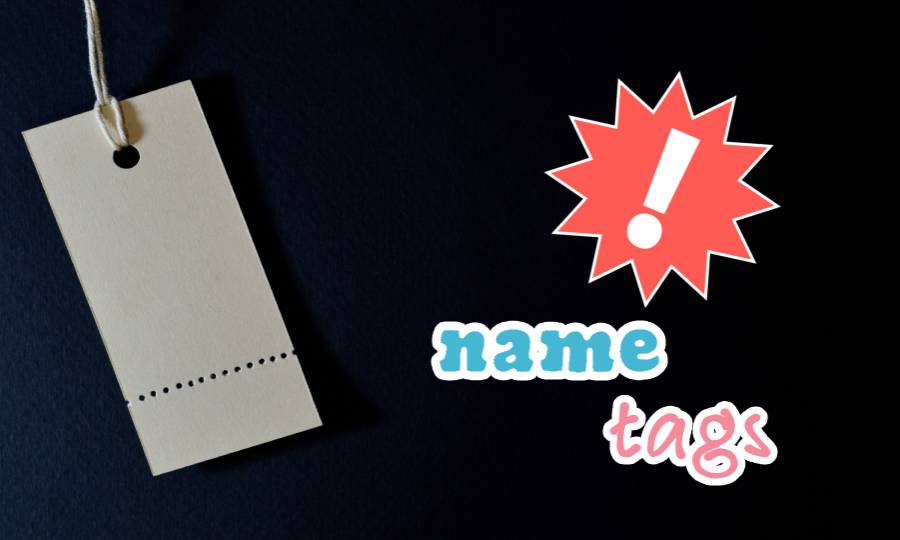
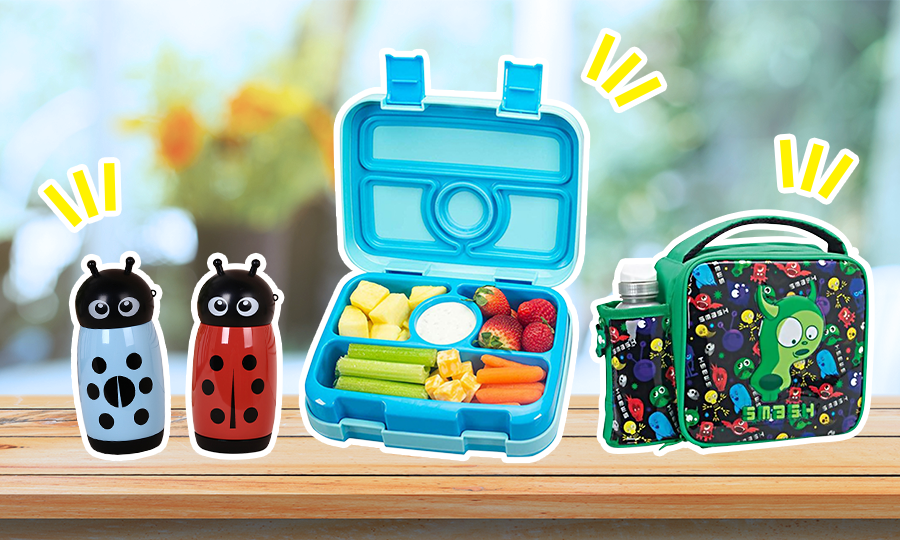
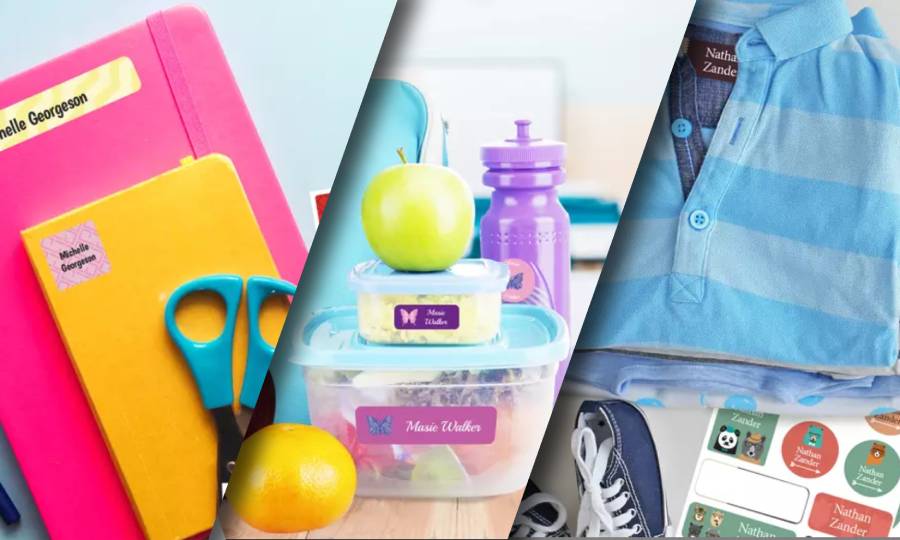



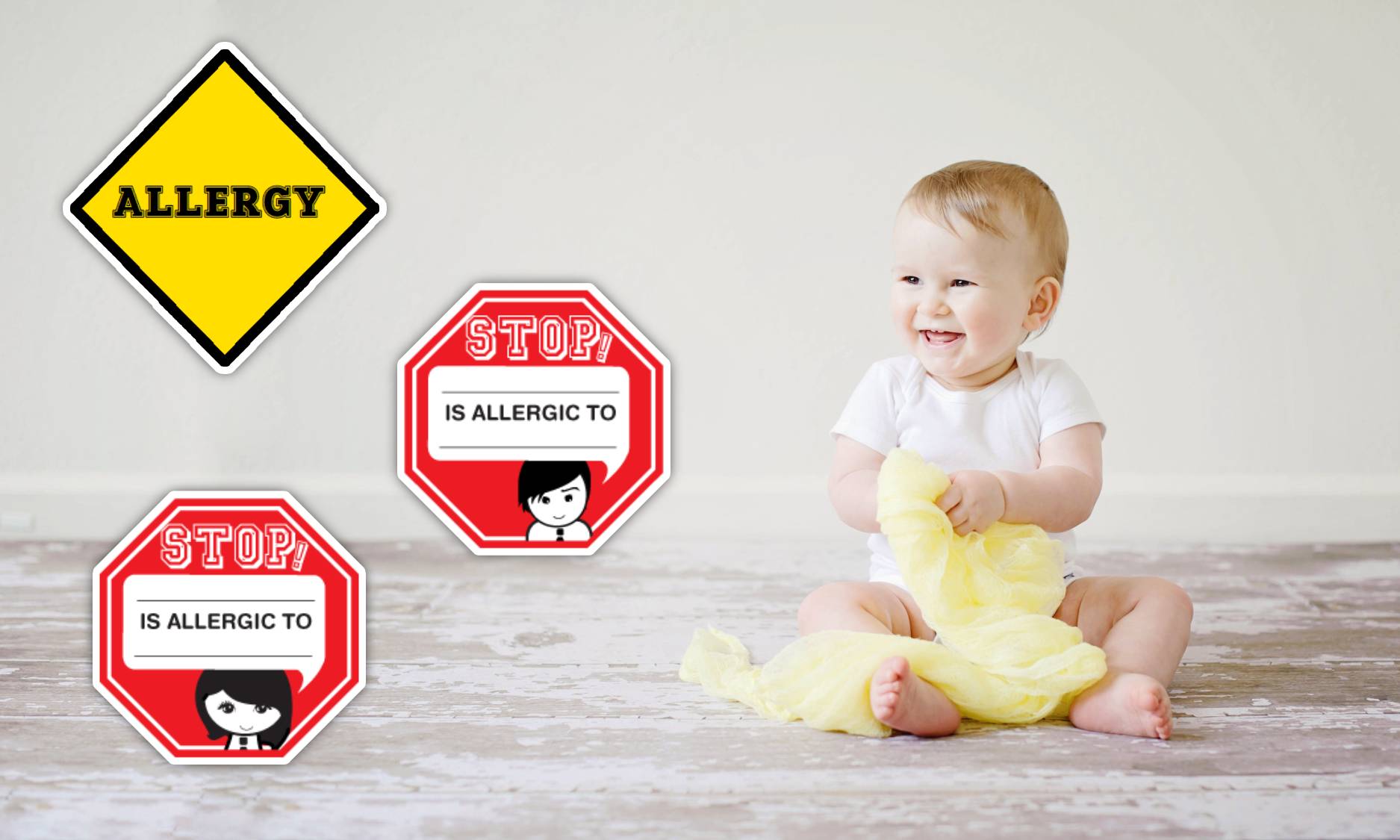

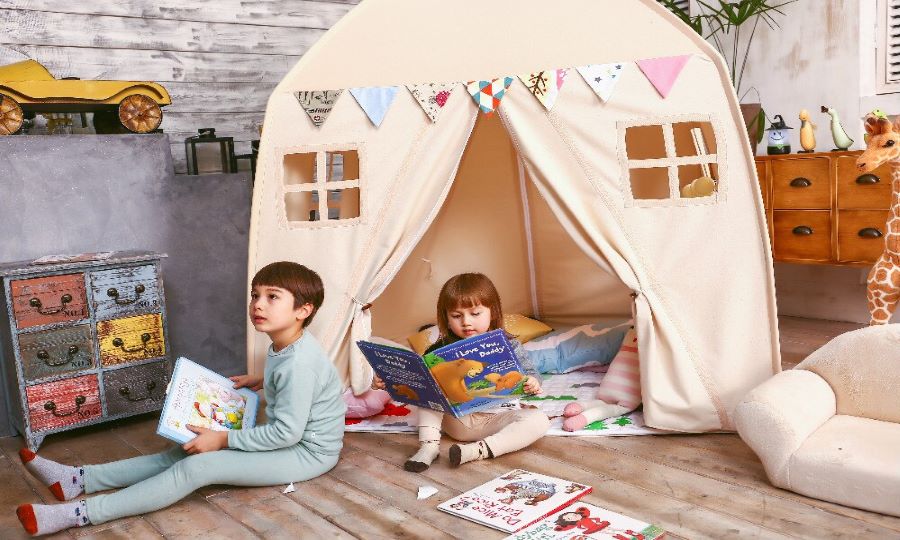



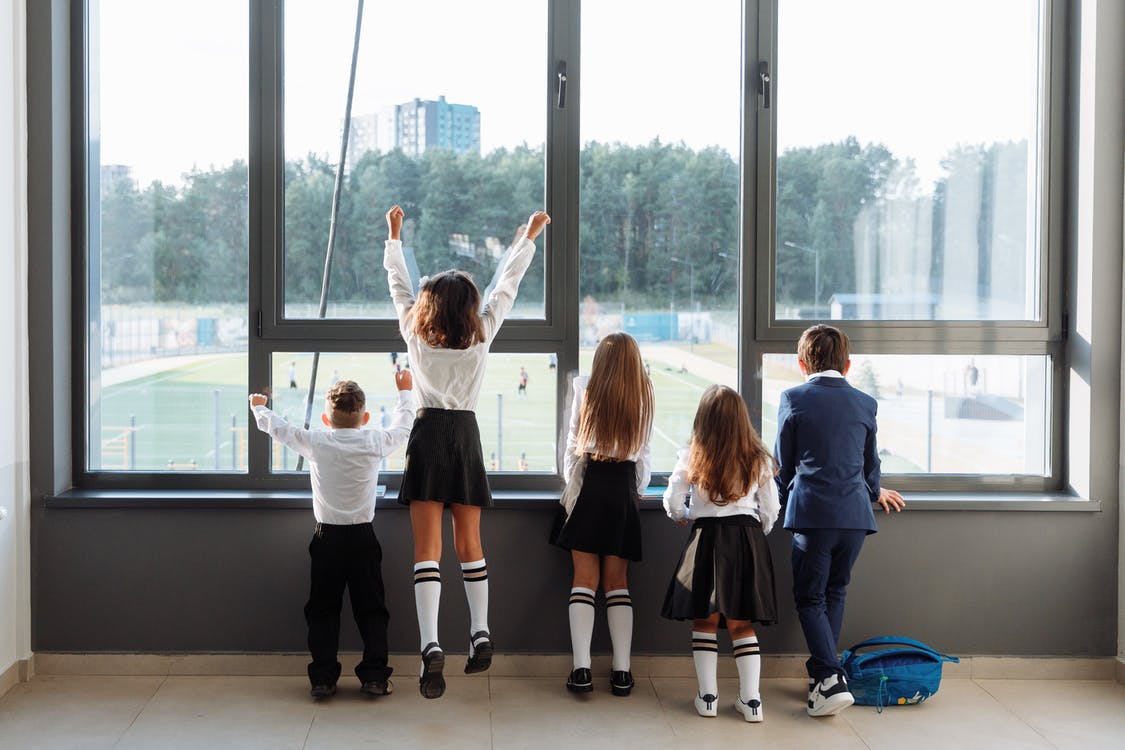

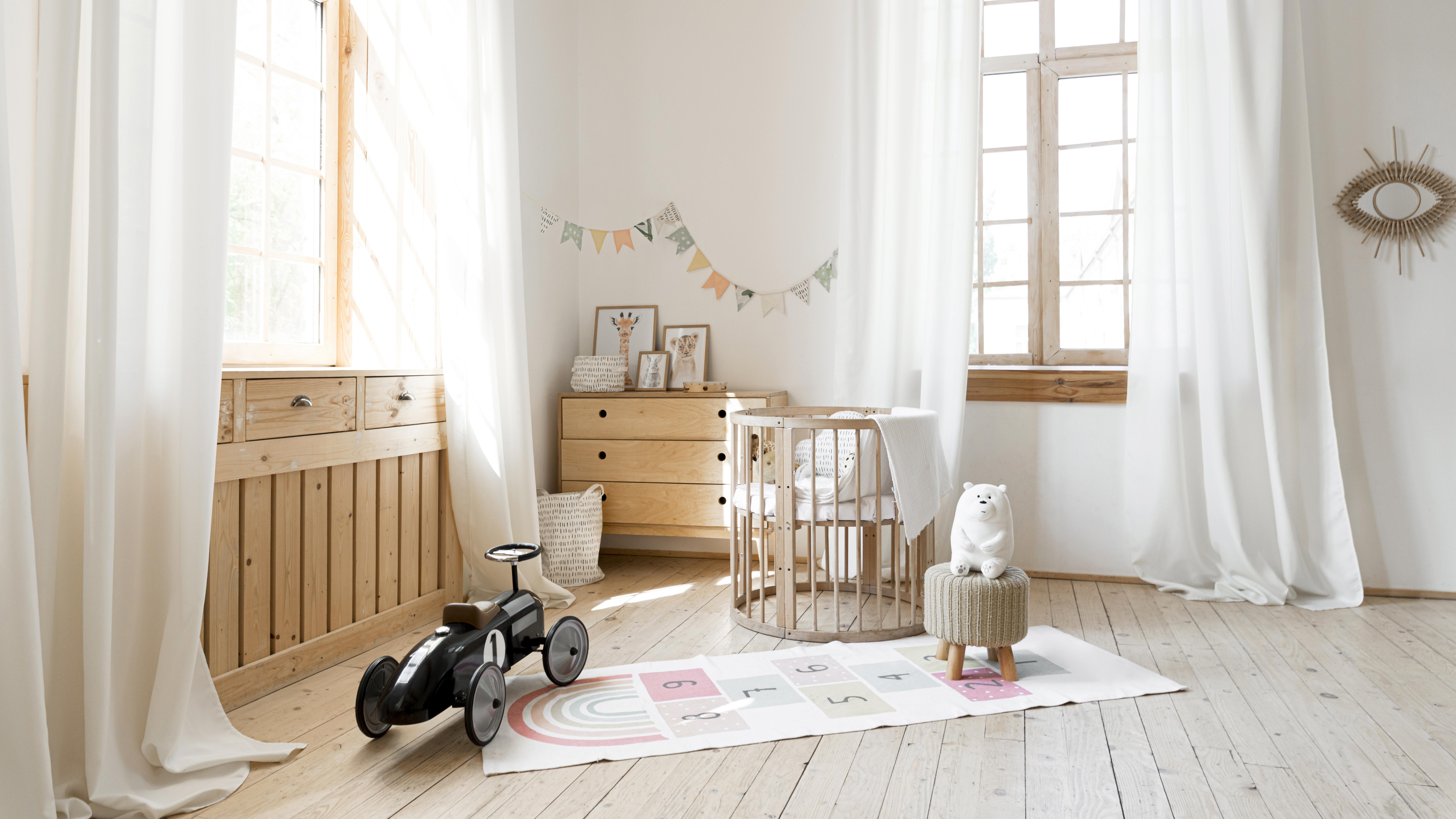
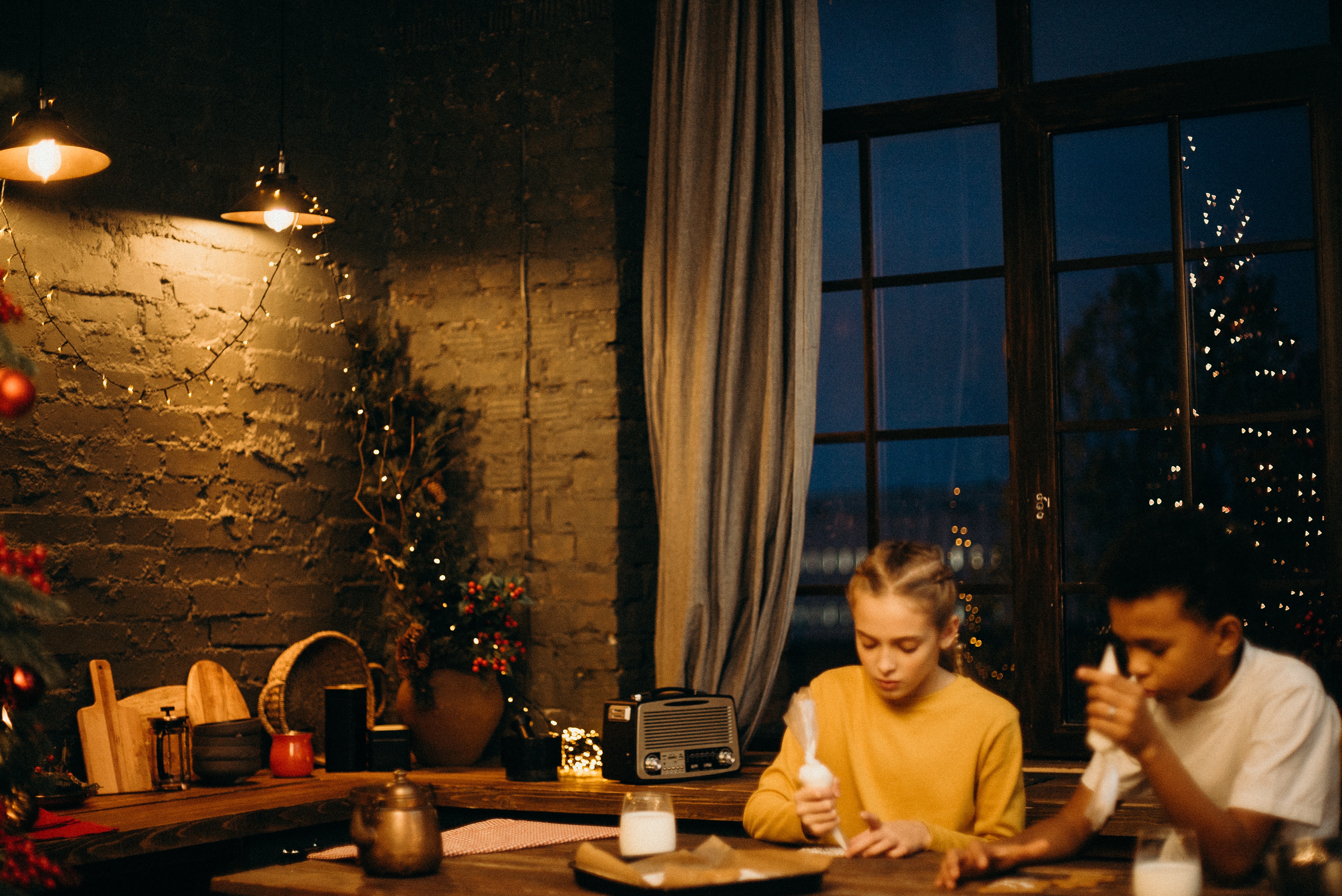

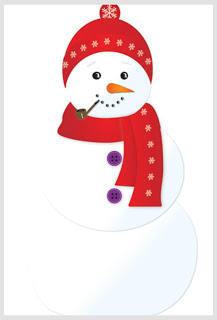
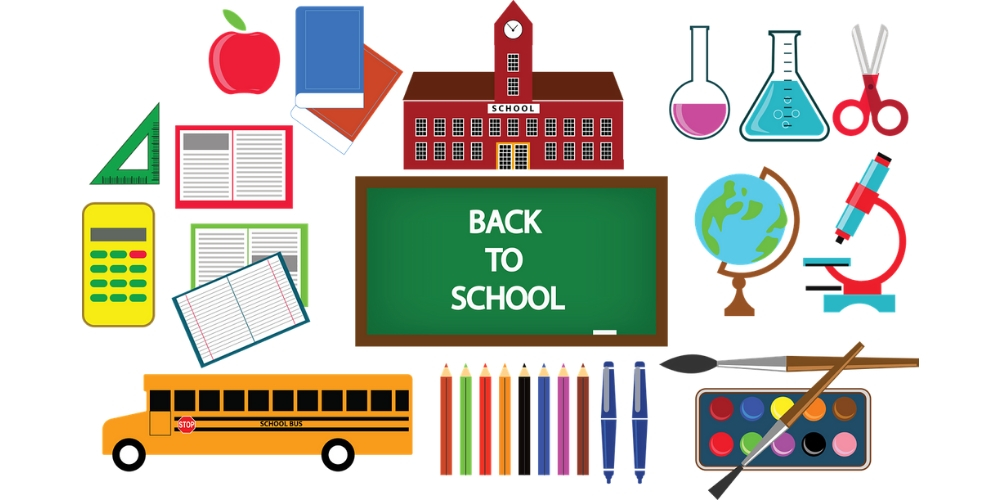

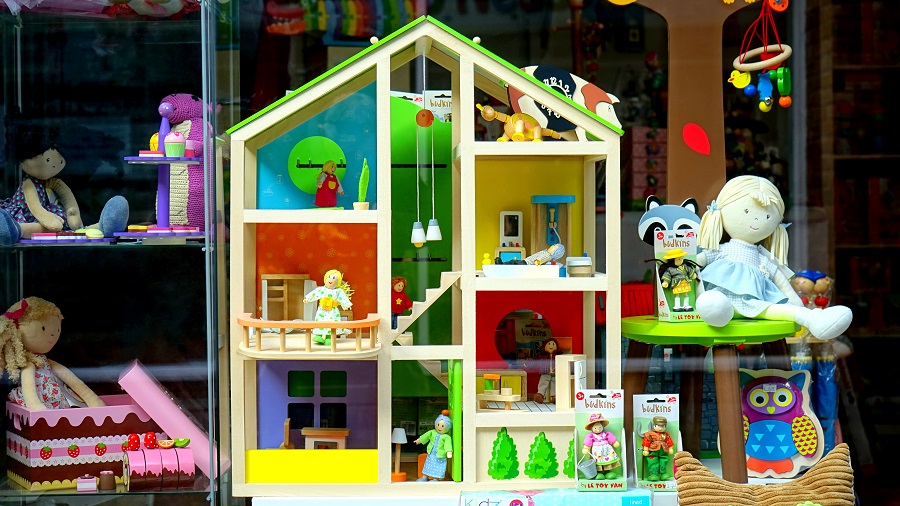
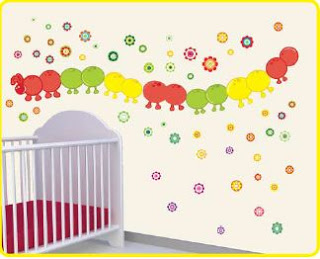


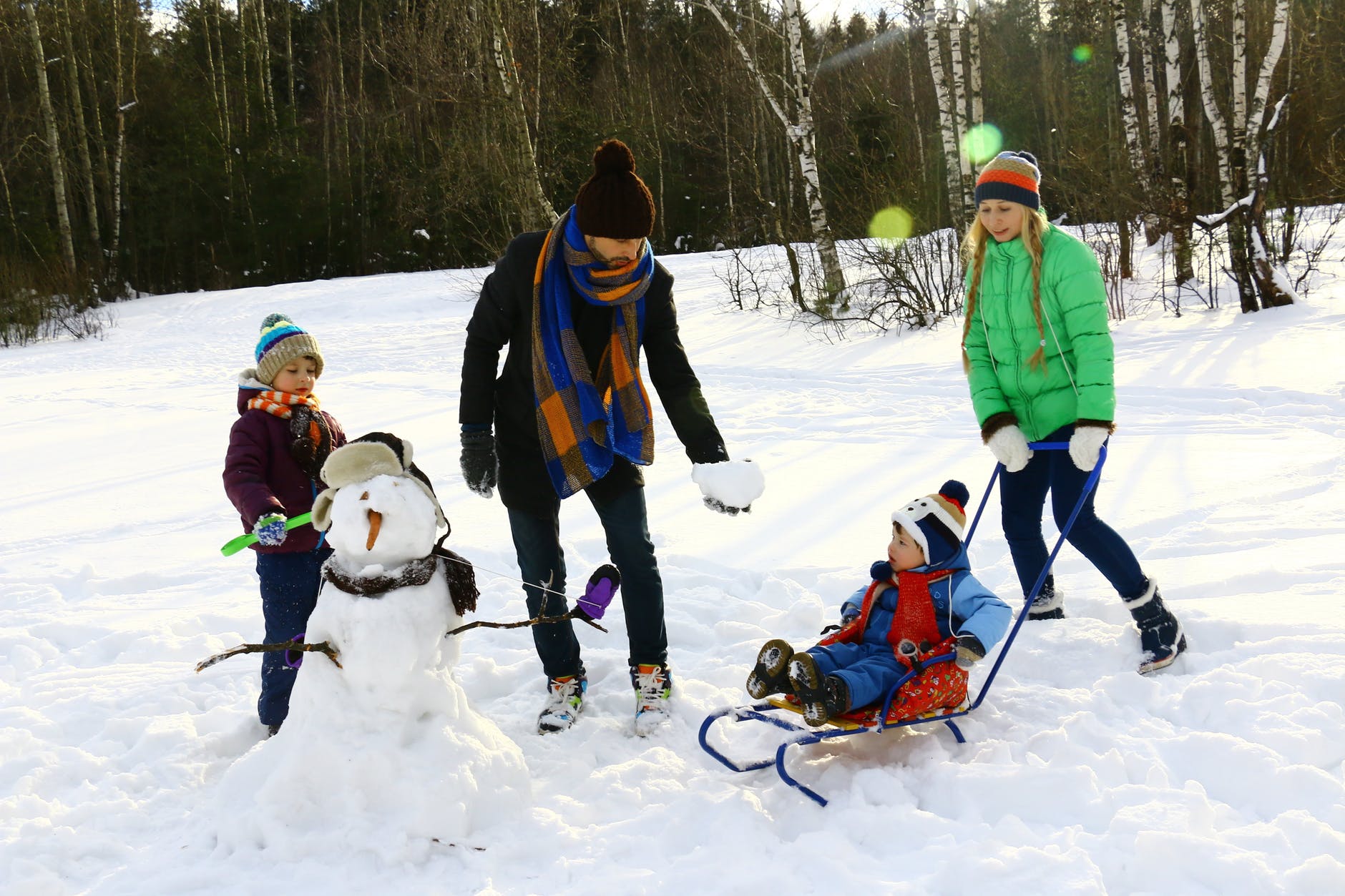

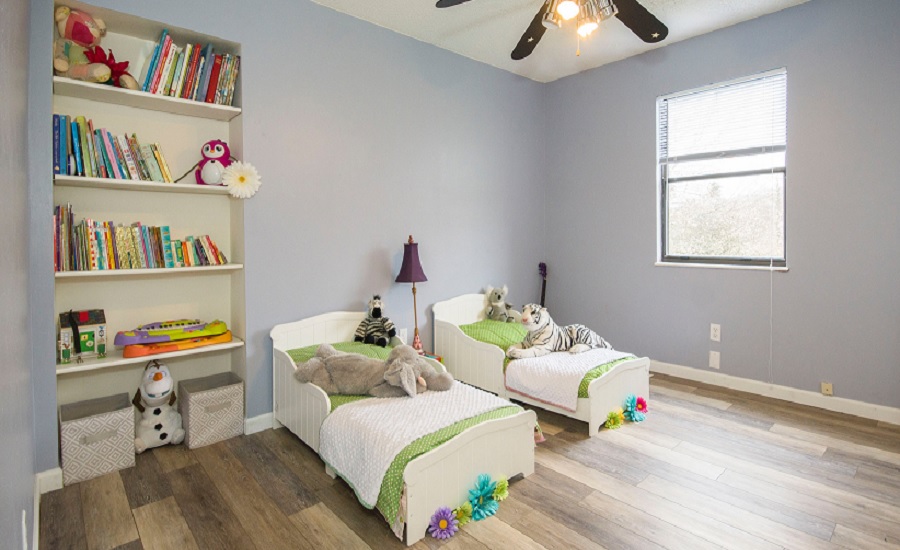
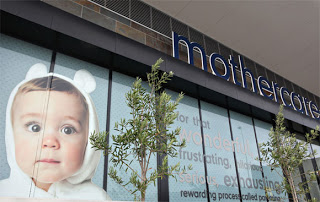


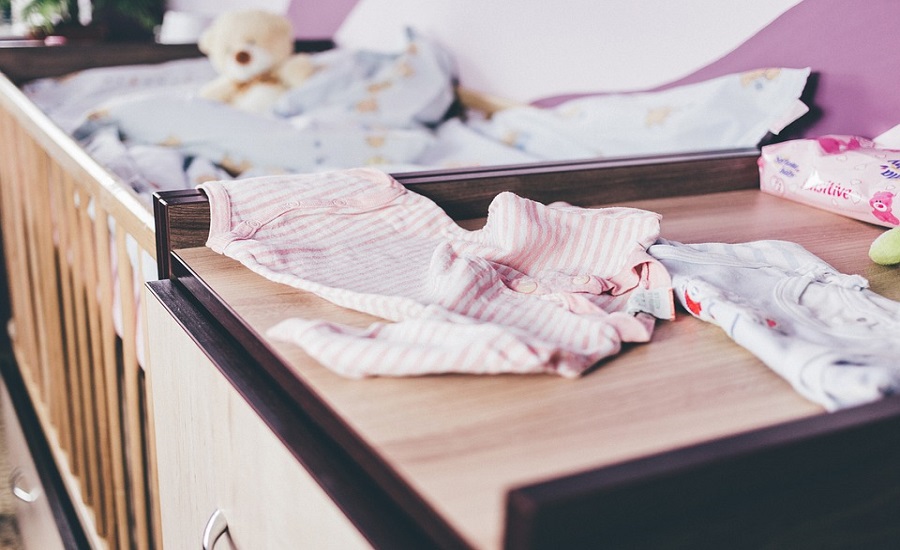

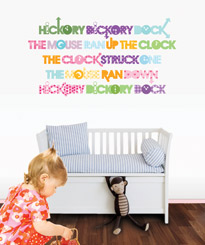
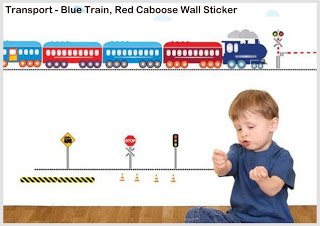

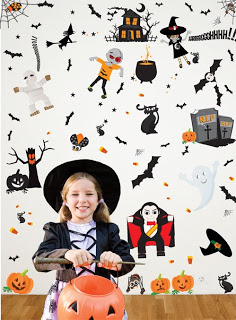
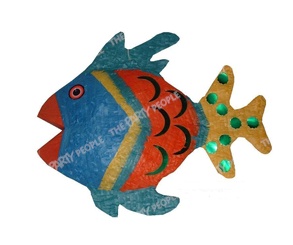
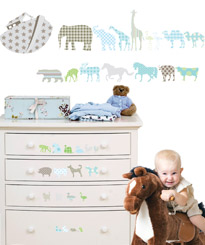

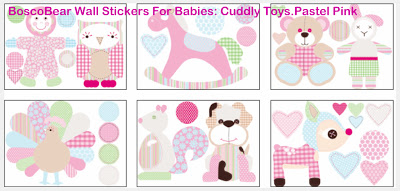
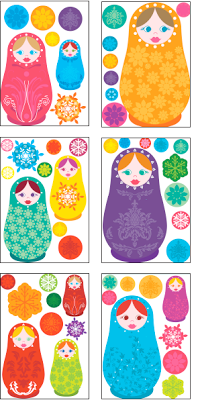



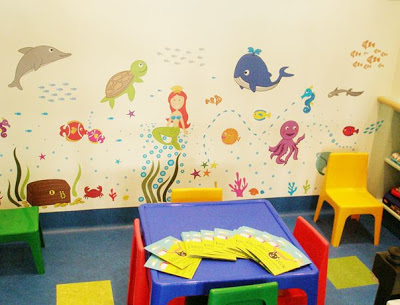
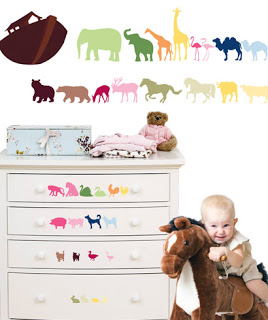
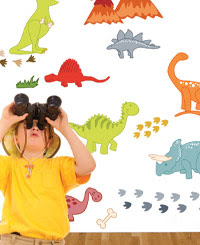
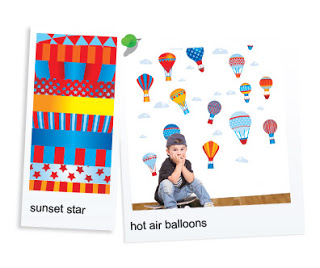



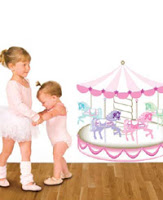
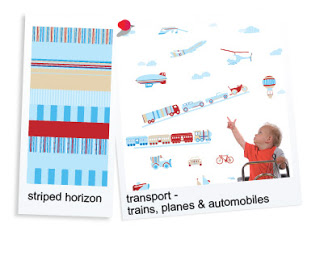
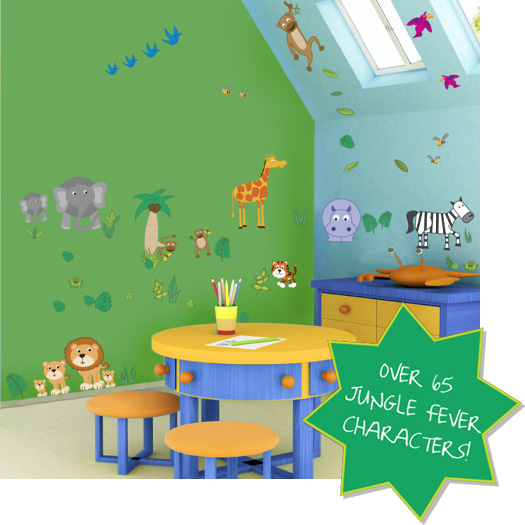
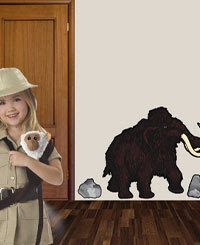



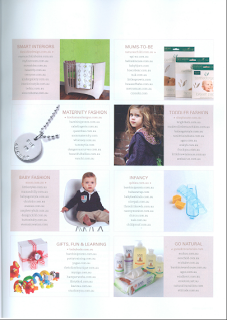
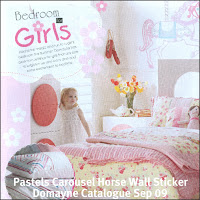
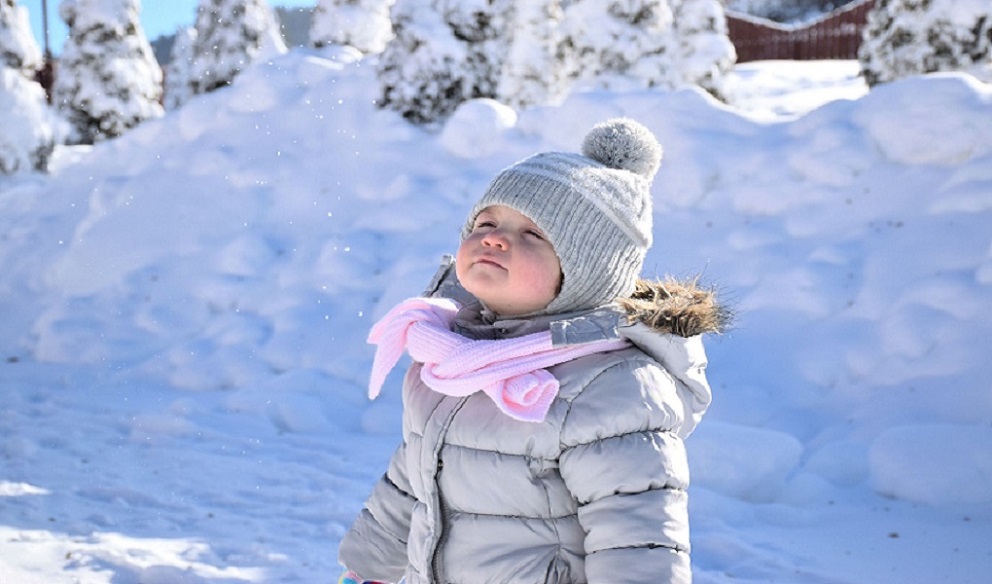

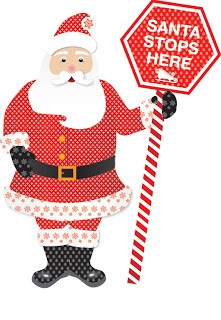
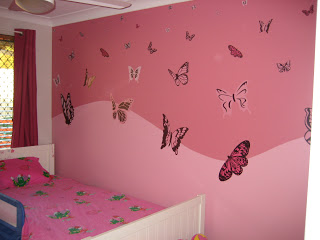
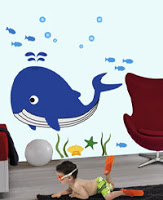

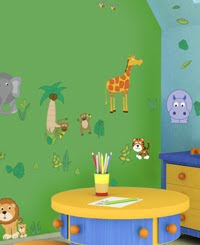
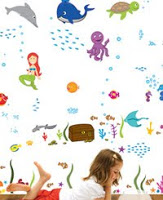
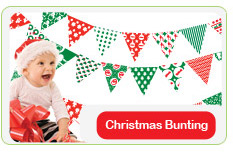
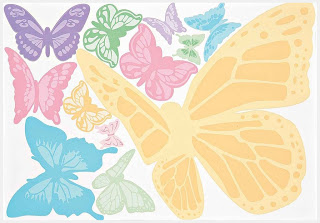



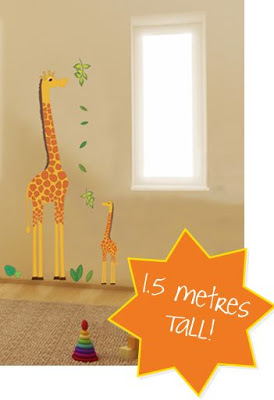
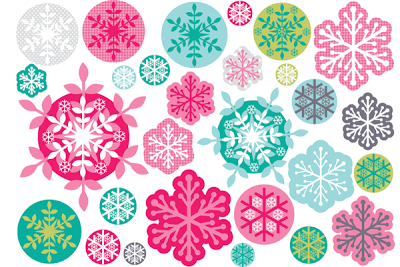
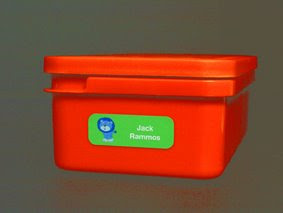
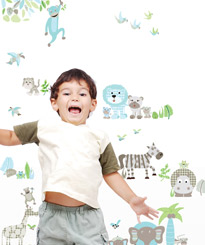
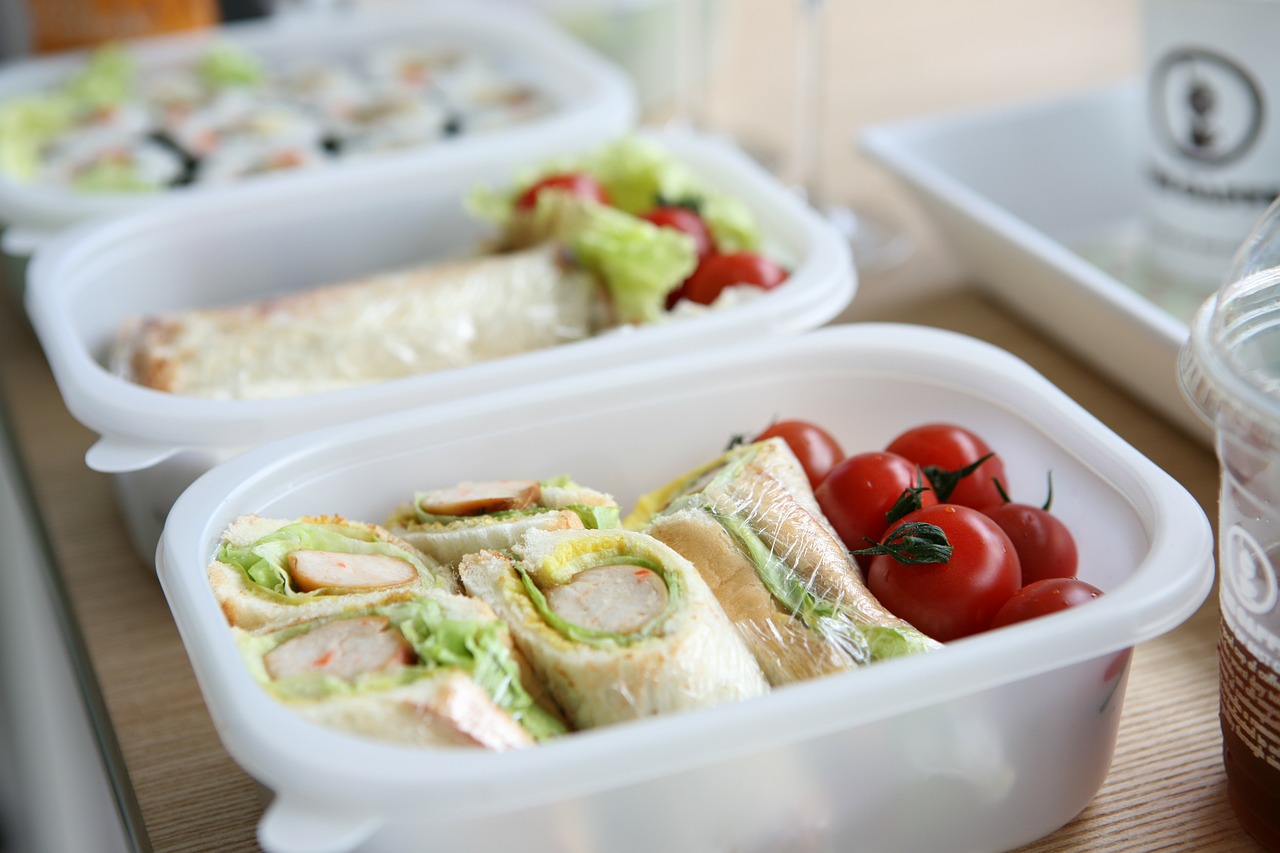
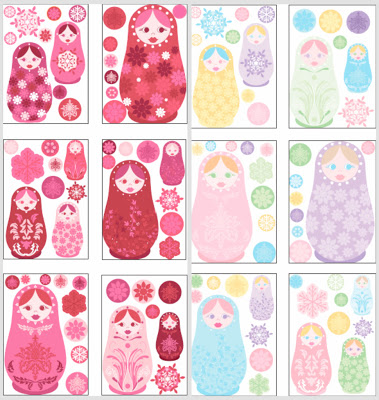

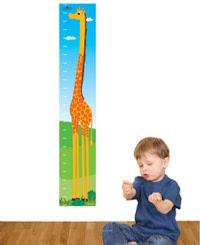


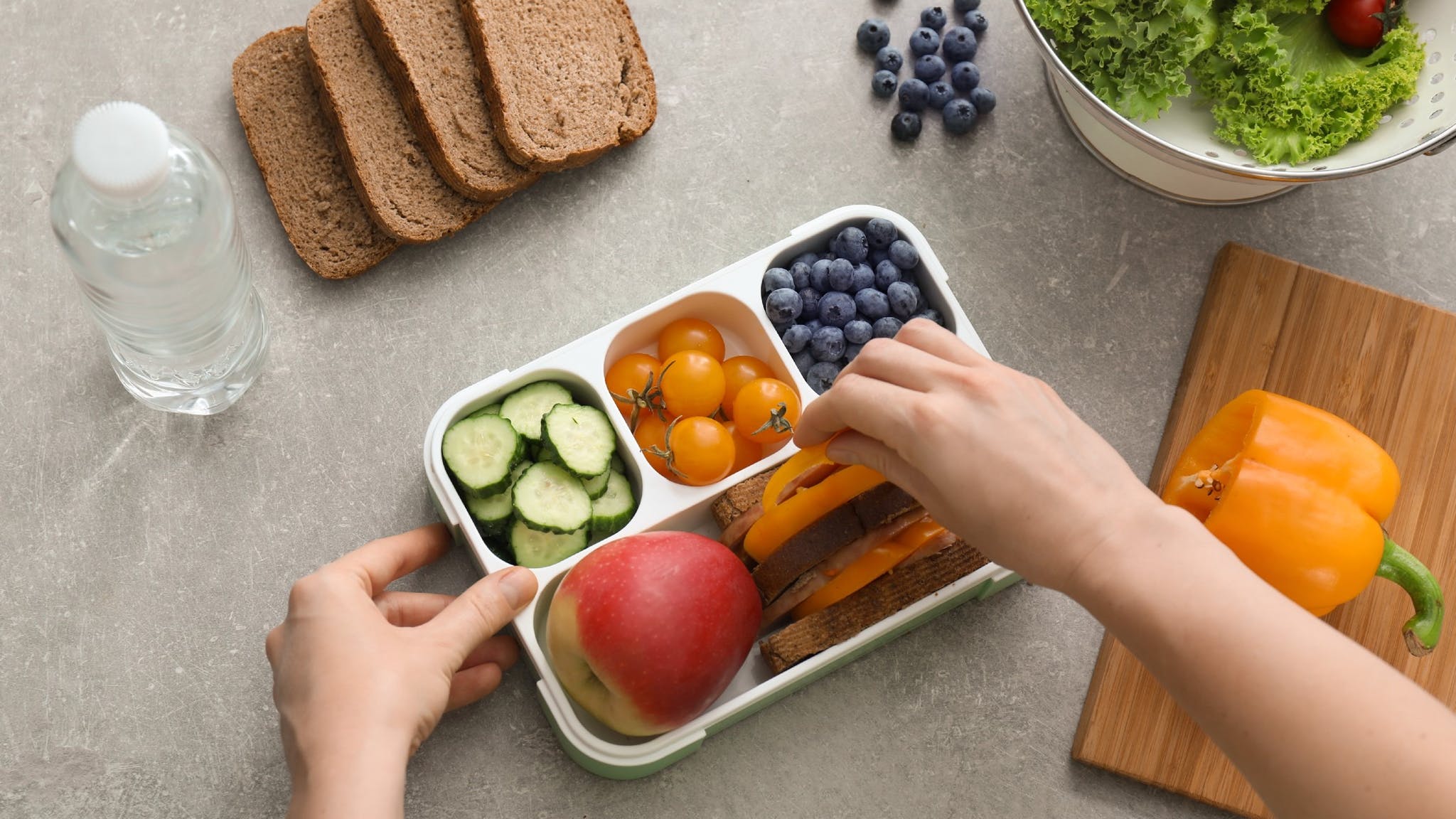
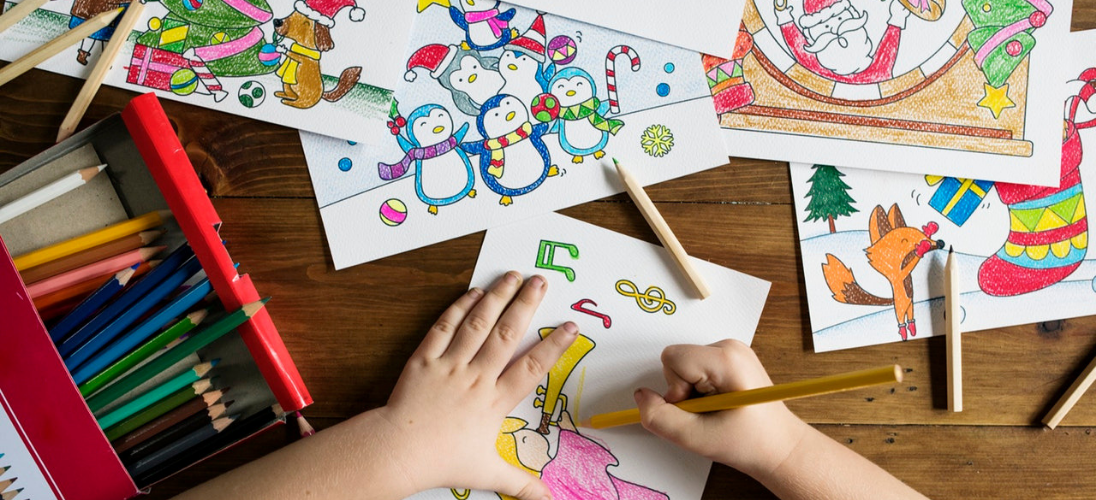
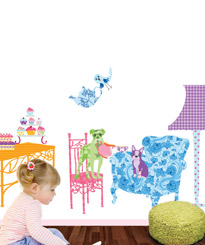
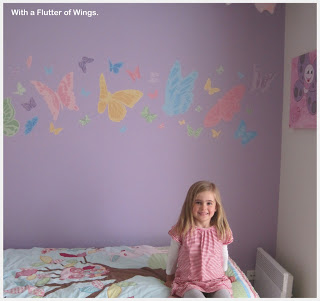



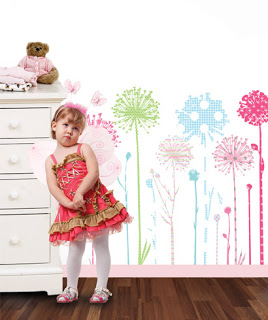
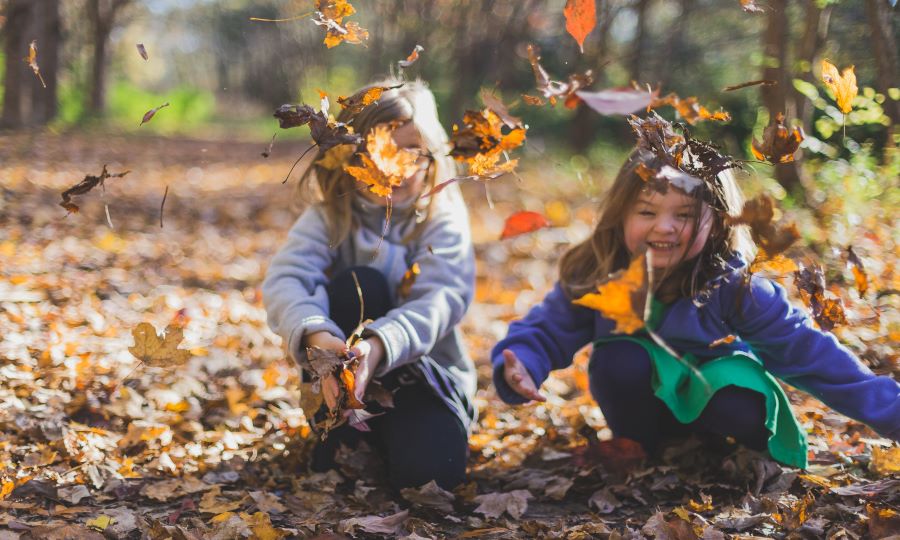

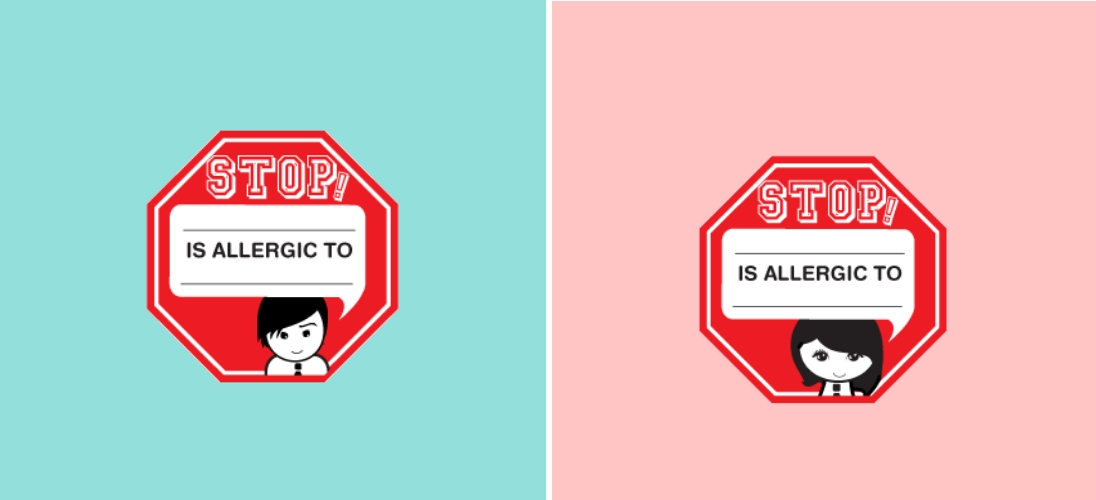

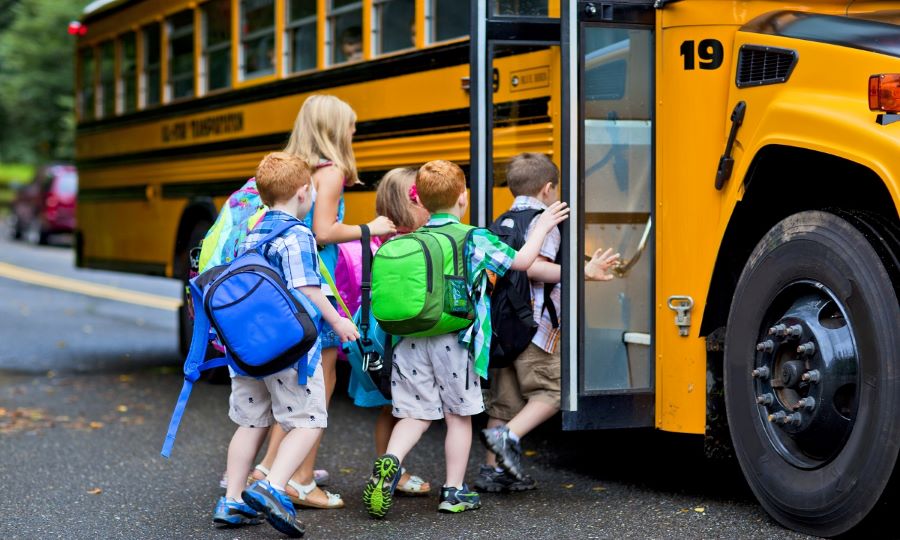

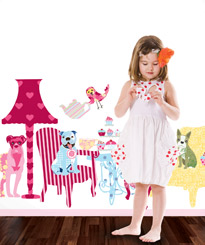


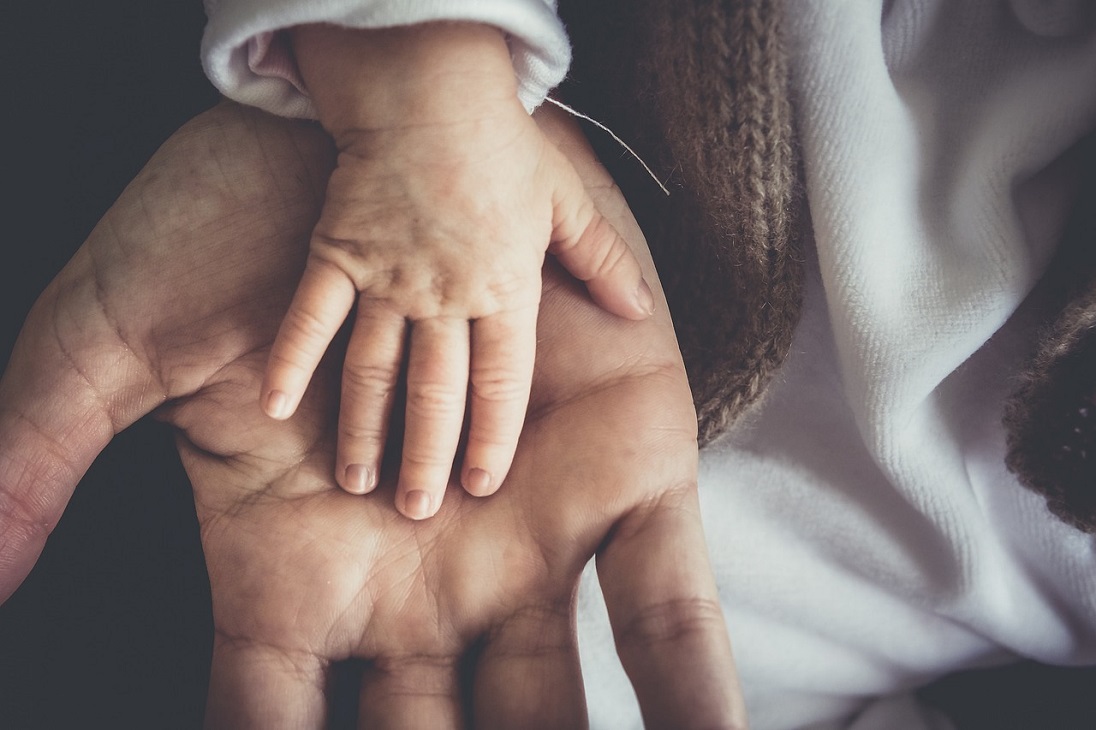


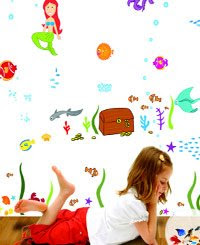

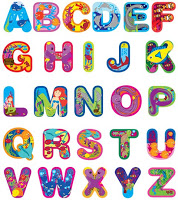


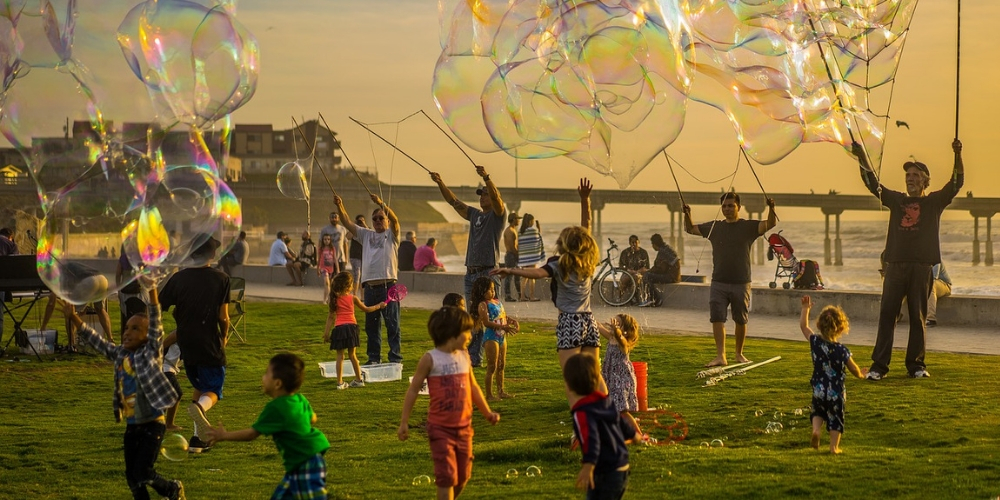

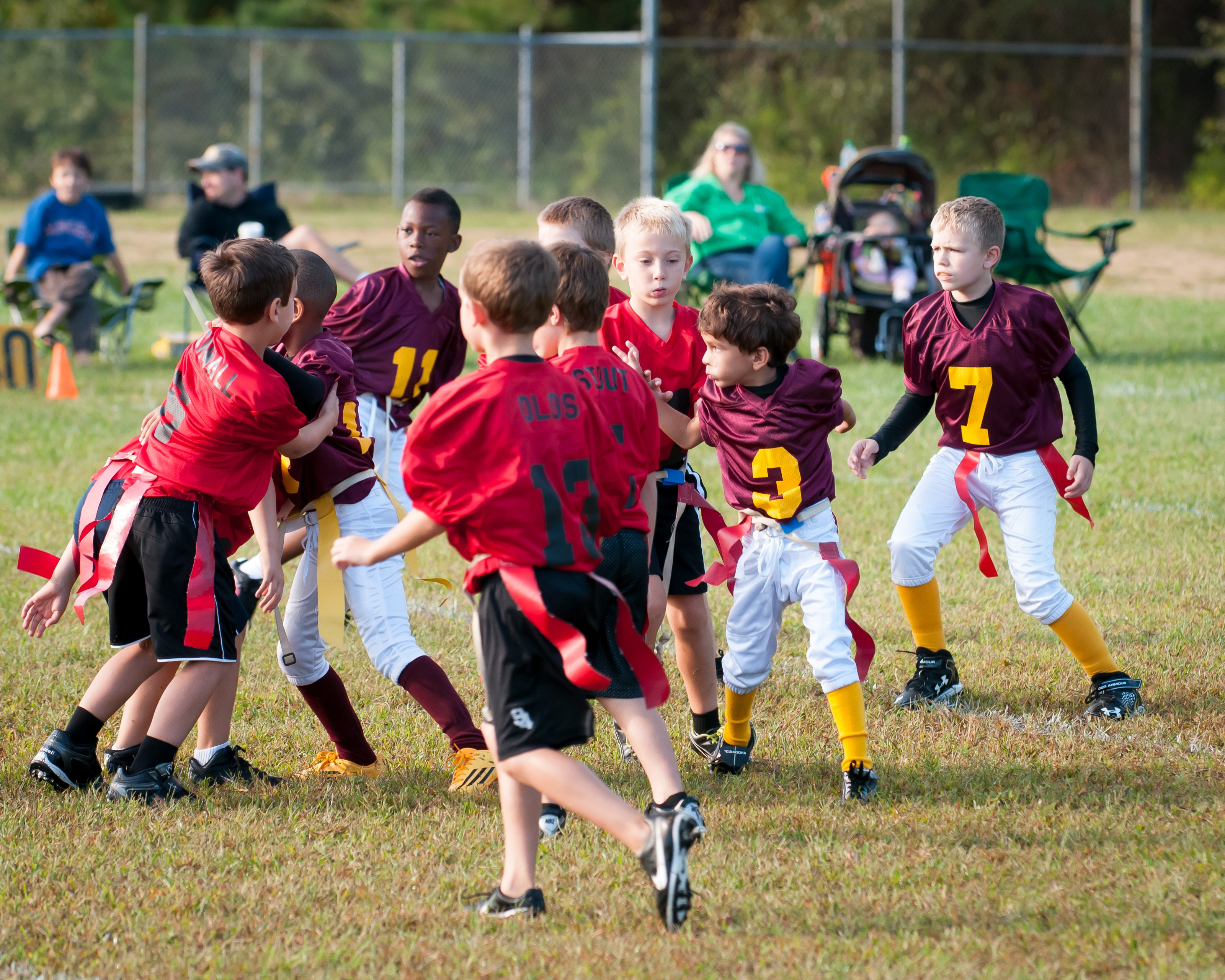
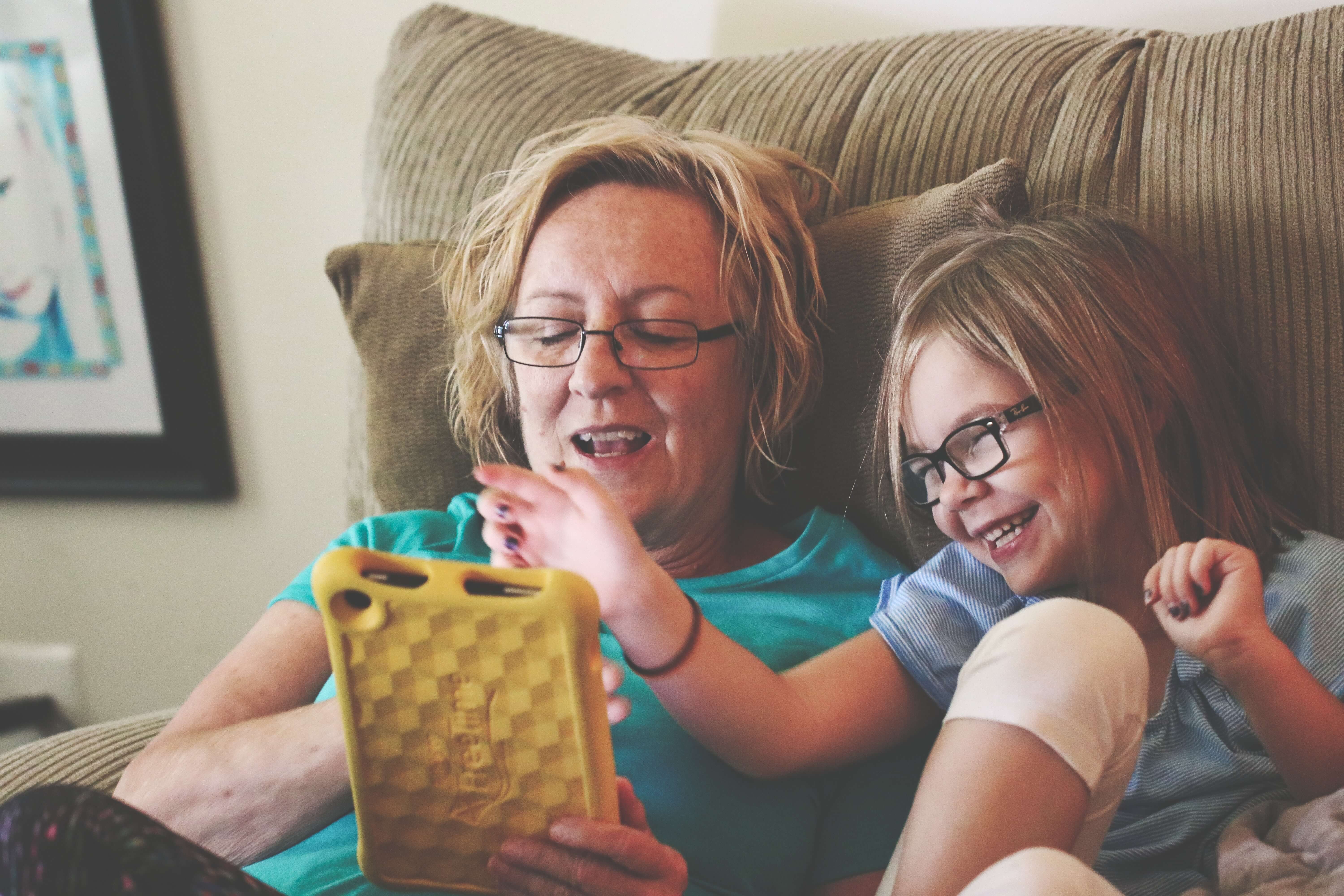






























































































































Categories
Tags
